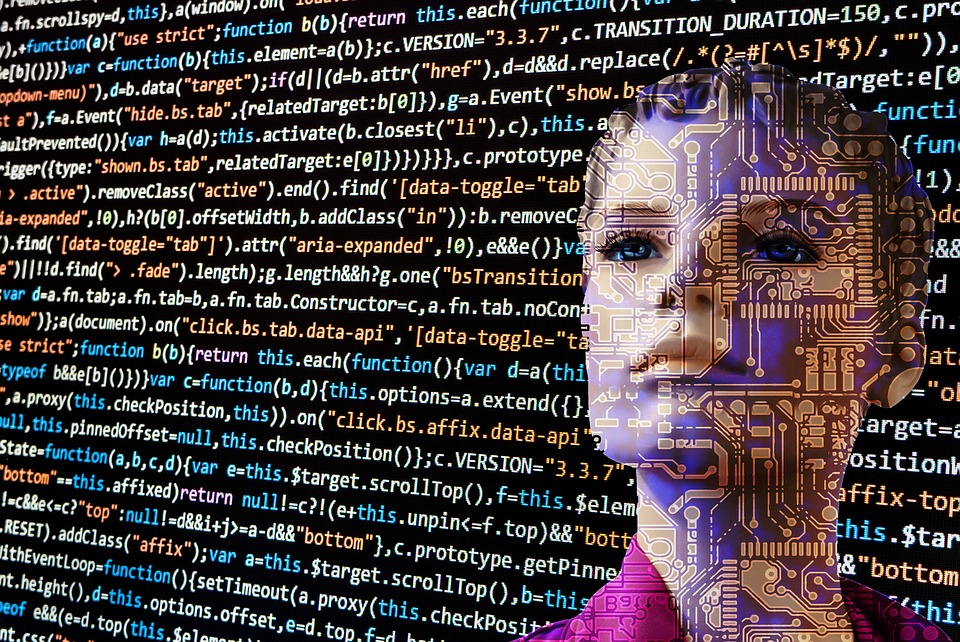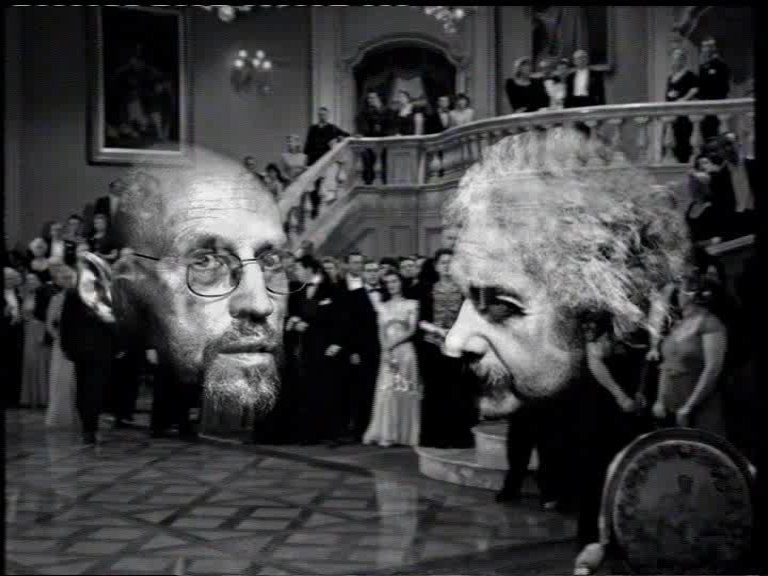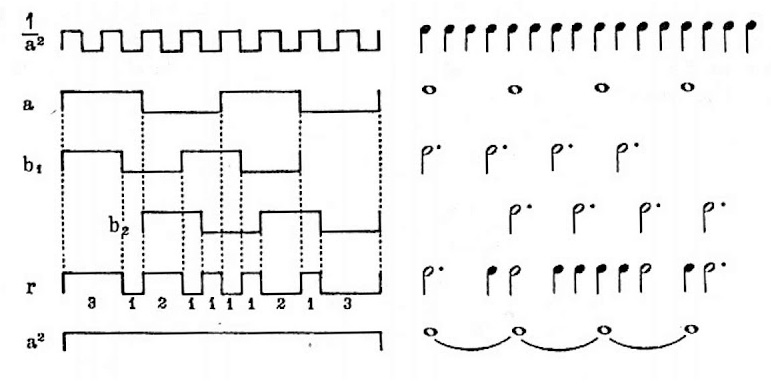
This is a call for papers for the special themes of the 2022-issues.
Technologies in a Multilingual World (Deadline June 5, 2022): Editors Alfred Nordmann and Larissa Aronin
Creativity has been described as active adaptation to the world. What if this world is a multilingual world - an environment in which we are surrounded by a multiplicity of languages and codes, more than anyone can produce or understand but which have to be navigated nonetheless? Aside from all the „natural languages“, including the many variants of English and all the local dialects, these include the language of the ticketing-machine as well as the language of powerpoint, the language that instructs the automatic loom as well as the language of traffic signs. With the help of technology, we are building a tower of Babel. If it doesn‘t crash down and disperse us, this is due to technology again. The cacophony of languages is at the same time a well-structured environment.
From the point of view of socio-linguistics, multilingualism differs categorically from bilingualism. If the latter calls for rendering the same message in different languages, multilingualism stands for a different use of language - providing affordances, creating a recognizable space for action, participation in collective routines. The transformation of cookbooks and user manuals is an example of this.
From the point of view of language teaching and cultural studies, we always learn more than one language at once as students bring their languages to the classroom and the classroom itself is full of software and hardware, technologies and techniques. One doesn't even need to hear any sounds in order to appreciate multilingual urban life in silent movies like "Man with a Movie Camera" or "Berlin - Symphony of a City." Technology enables new forms of sociality just as much as it underwrites the cultural hegemony of global capitalism.
From the point of view of the philosophy of technology, one can ask whether technologies mitigate or aggravate the challenge of multilingualism. Many technologies have been devised to offer translations. Some of these, like the use of human interpreters, rely on the representation of meaning, others, like algorithmically based electronic systems, exploit pattern recognition. All such technologies introduce a new layer of language, produce new linguistic habits, dampen the expressiveness of communication, and need to be learned in their own right.
Beyond this special topic, Technology and Language invites interdisciplinary explorations at the interface of technology and language - contributed papers in English or Russian are welcome at any time.




